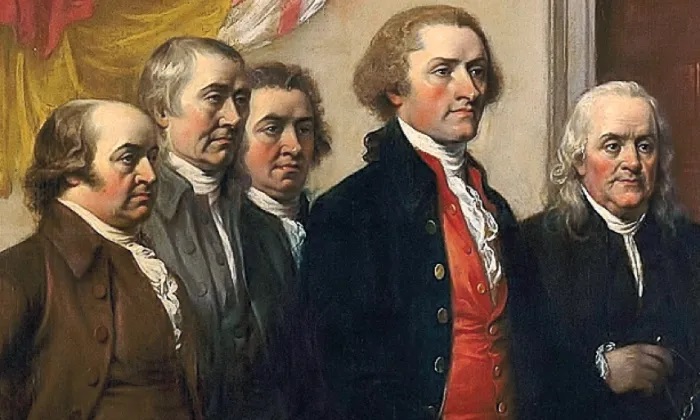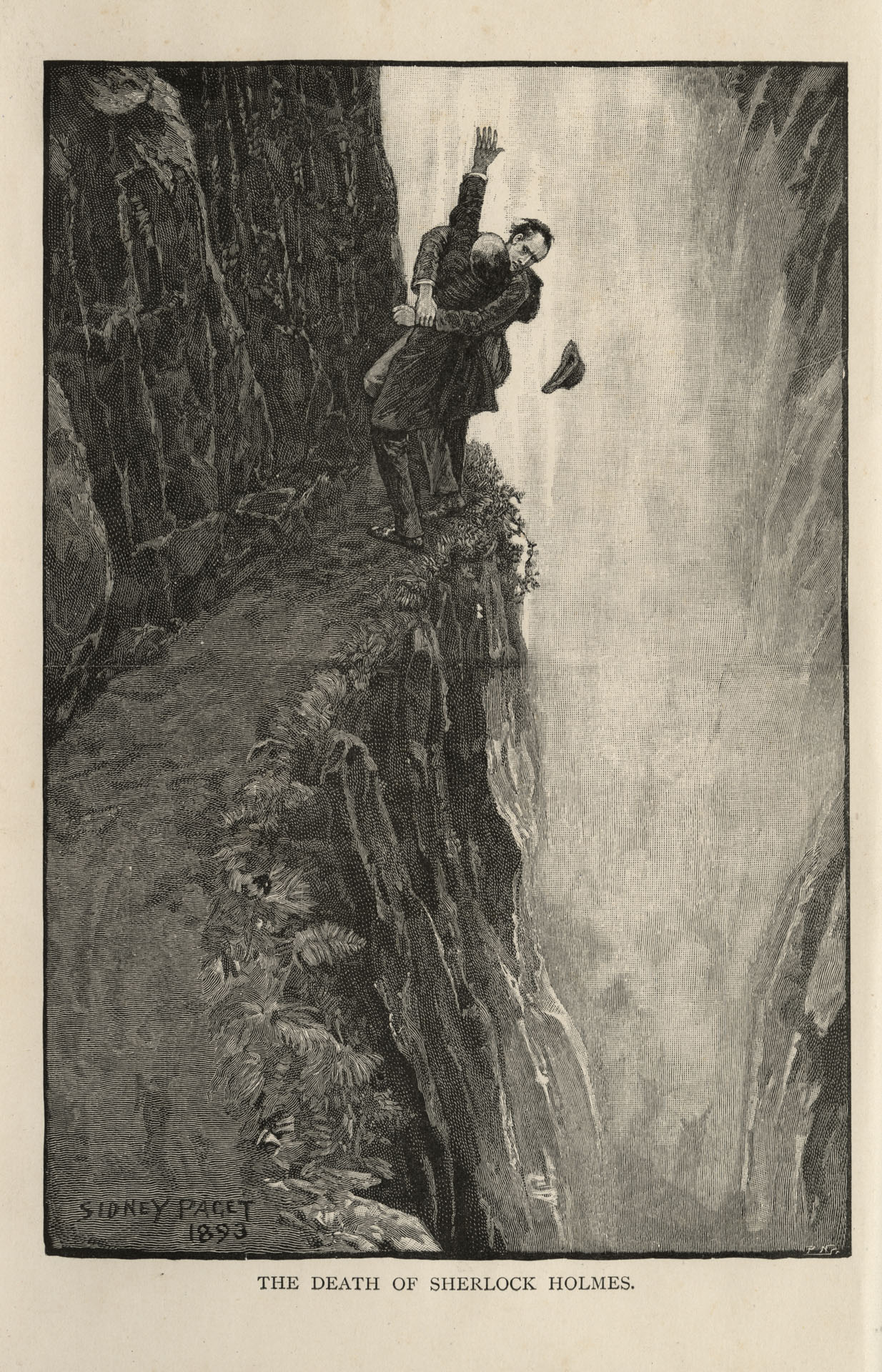
AP Photo/Seth Wenig
Note: Computer issues. Returning Tuesday.
Last week, former vice-presidential candidate Sarah Palin’s libel suit against The New York Times, failed to convince both judge and jury that the former governor of Alaska had been defamed.
A 2017 New York Times editorial linked a map—distributed by Palin’s political action committee—which carried a design that appeared as crosshairs over twenty Democratic congressional districts and suggested that the gunman in the Arizona shooting of US Representative Gabby Giffords was inspired by the map. No evidence supported that suggestion.
Recognizing a significant error in judgment, The Times quickly printed a correction the following morning.
“An editorial on Thursday about the shooting of Representative Steve Scalise incorrectly stated that a link existed between political rhetoric and the 2011 shooting of Representative Gabby Giffords,” The Times wrote. “In fact, no such link was established. The editorial also incorrectly described a map distributed by a political action committee before that shooting. It depicted electoral districts, not individual Democratic lawmakers, beneath stylized cross hairs.”
A little more than fifty years ago, the Times was embroiled in another lawsuit that set the standard for “actual malice.” In The New York Times v. Sullivan, the Supreme Court, in a unanimous decision, upheld the First Amendment where a public figure cannot sue a news outlet unless he or she can prove that the news organization knew the truth and willfully printed a story with the intention of injuring an individual’s reputation.
Judge Jed Rakoff’s action in the Palin case was novel. While the jury was deliberating, he dismissed the suit on the grounds that Palin’s attorneys had not met the standard of “actual malice.” However, Rakoff allowed the jurors to reach their own decision. After the jurors sided with the judge, Rakoff said, “You decided the facts. I decided the law. It turns out they were both in agreement, in this case.”
As the Washington Post reported, “Palin needed evidence—preferably in email form—that [Times editor] Bennet was eager to nail Palin with something he knew was false.”
Bennet’s intent to “nail” the former vice-presidential candidate was false as evidenced by an email Bennet sent to a colleague calling attention to the opinion piece. He quickly realized the error and issued the correction.
“‘It is a reaffirmation of a fundamental tenet of American law: public figures should not be permitted to use libel suits to punish or intimidate news organizations that make, acknowledge and swiftly correct unintentional errors,’ a Times spokesperson said Tuesday afternoon. “It is gratifying that the jury and the judge understood the legal protections for the news media and our vital role in American society,” Courthouse News reported.
However, while The Times and other news outlets frequently develop and write some opinions and stories on the fly, this case should cause them and others to not only take more time, but have the piece reviewed by several people in the organization. In fact, I strongly urge all news organizations to install a professional responsibility officer to oversee issues such as this. The power of the press is a public trust, and responsibility is vital for their credibility.
“Palin is believed likely to appeal,” NPR reports. “Rakoff wanted the verdict to be heard by the appellate court as well. And now, the jury’s verdict for the Times arrays even steeper odds against Palin’s success.”
However, the suit opens the door to other such libel suits to overturn the Sullivan decision if the Supreme Court were to take up the case. Until Donald Trump, the issue of a free press had always appeared to have been carved in stone. Now, the right is looking into possibly overturning the broad interpretation of Sullivan leading to more such litigation by public figures.
However, there’s a flip side to that possibility. If Sullivan is amended or overturned, media outlets like Fox “News” and their commentators would likely find themselves facing a Mount Everest of lawsuits for their rampant use of mudslinging disinformation, as would Donald Trump.
Message to conservatives: Be careful what you wish for.
Comments
Leave a Comment











Honesty is crucial. Lets watch the “rampant use of mudslinging disinformation.”